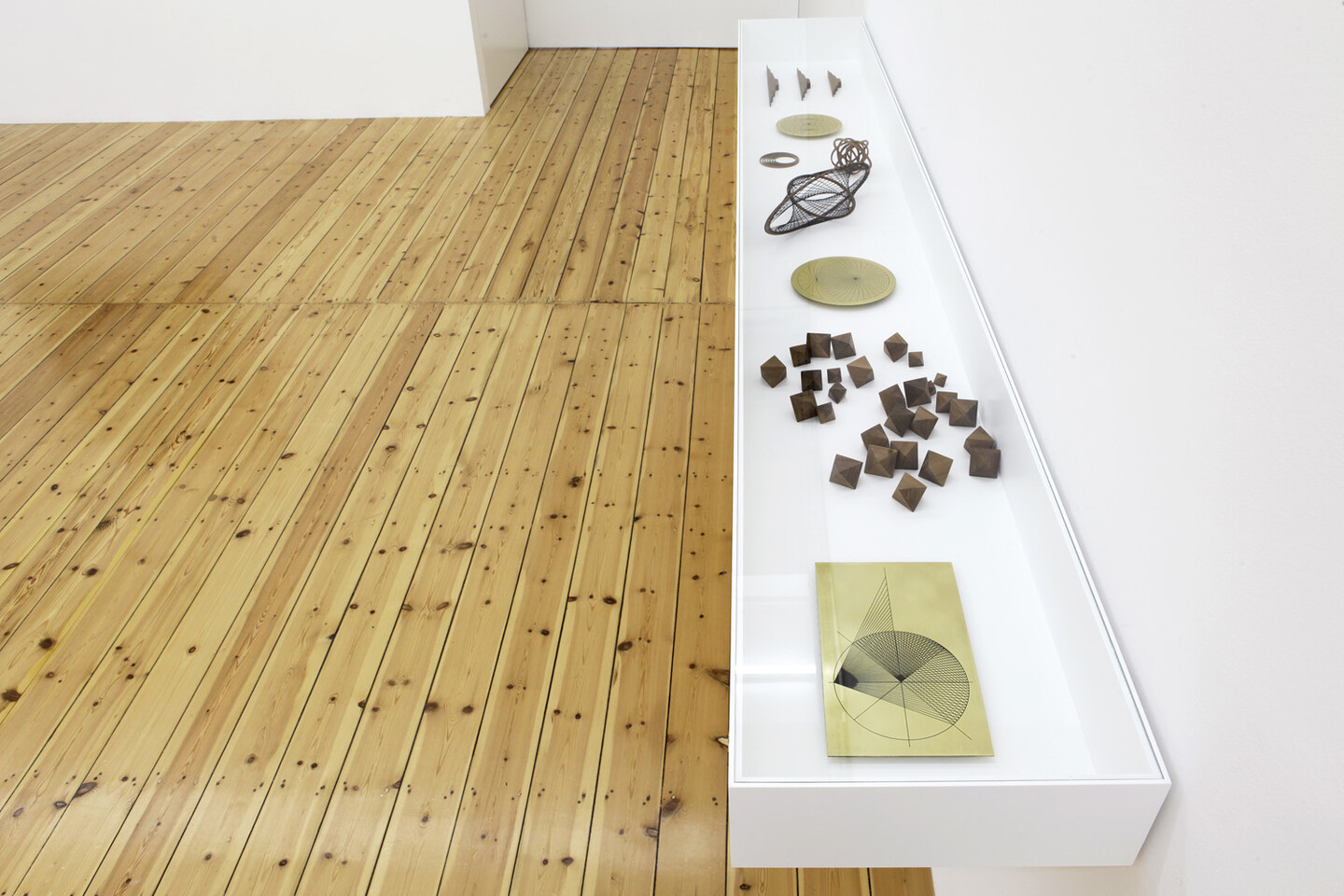Timo Nasseri (*1972) uses the means of natural science to open up a perspective for the poetic and fantastic.
The life and teaching of Ali Muhammad bin Hassan bin Muqlas, also known as Ibn Muqla (Bagdad, born in 885/6), inspired the artist for his exhibition The more beneath my feet the skies I see, a show conceived for Sfeir-Semler Gallery Hamburg.
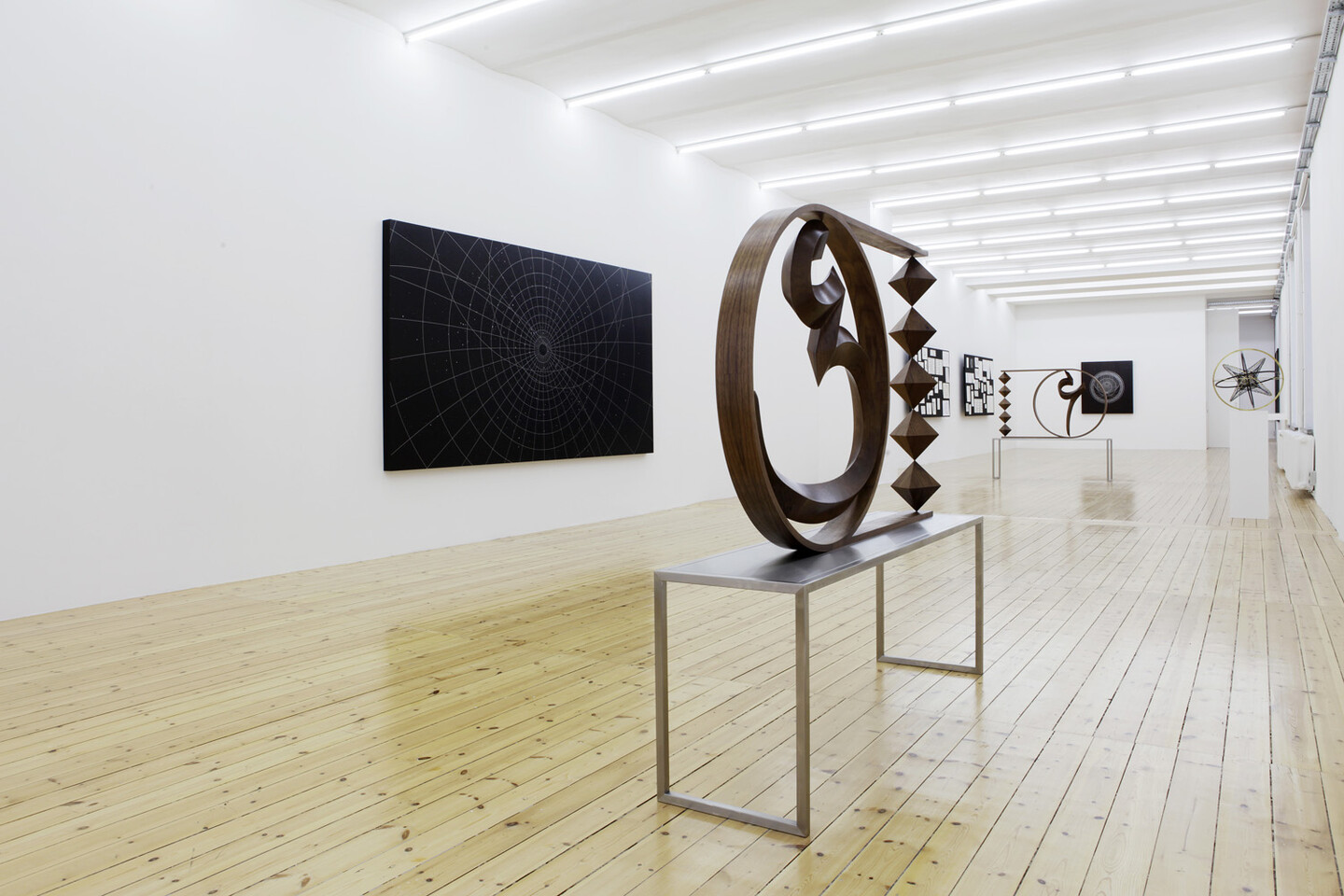
Ibn Muqla was a noted calligrapher and is widely known as a scholar of the Arabic alphabet. His system of writing with points as basic elements is still valid till this day. Some latin letters do not have an Arabic equivalent. Thus Ibn Muqla’s intent was to create these missing letters: a P, an O, an E and a soft W.
But his wish to reform the alphabet was considered a blasphemy by religious leaders of the time as they believed the Arabic language was Allah’s creation and should not be altered by human hands.
And so the hand of the greatest calligrapher ever known to man was severed, though he never revealed his letters. He would found a school later on, only to have his tongue cut off in order to keep him from teaching and was kept in isolation for five years in a house outside the city until his death.
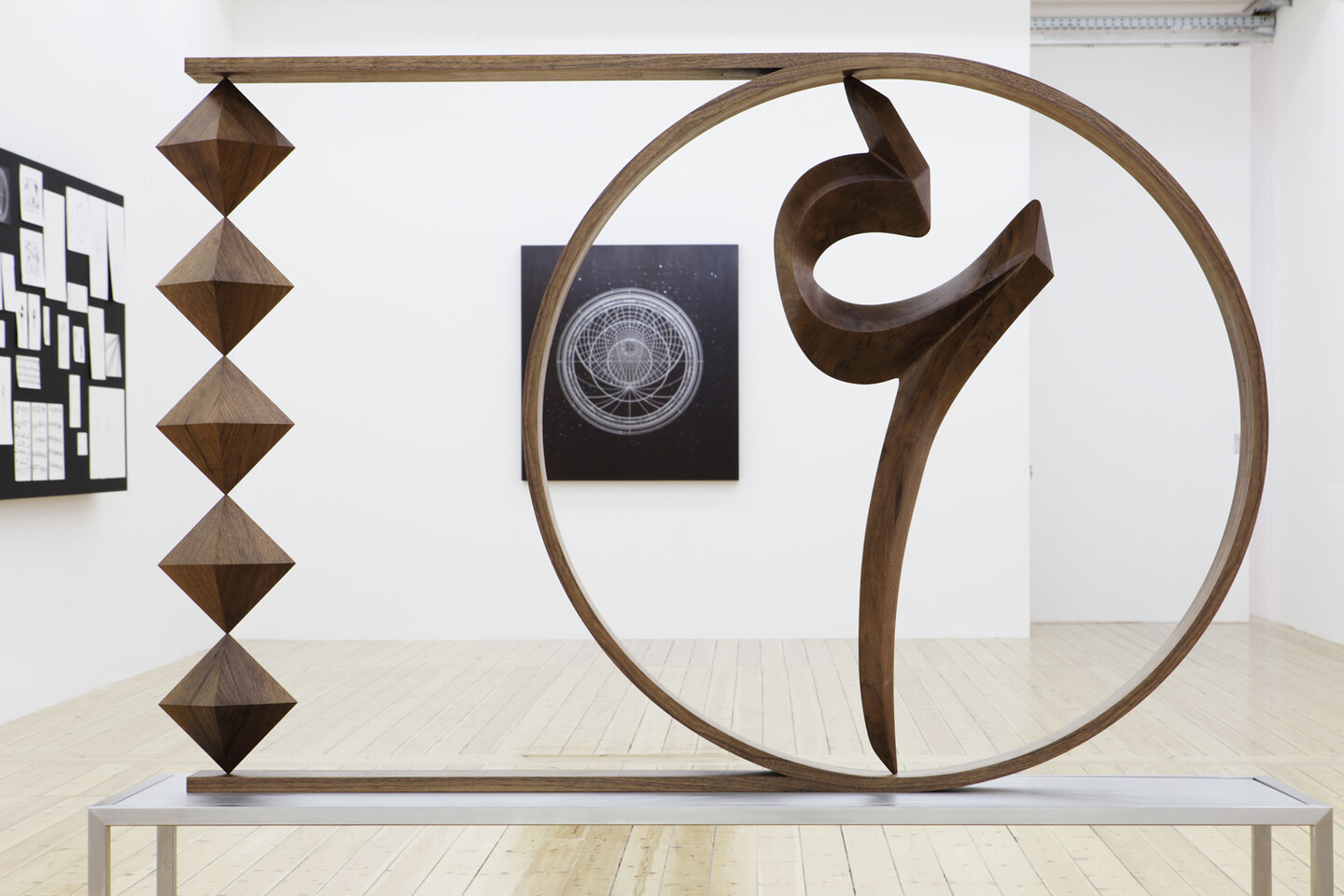
walntu, steel, 160 × 160 × 42 cm
Inspired by Ibn Muqla, Nasseri started an in-depth research on Arabic writing and alphabet, giving particular attention to forms and aesthetics. He practiced lettering to be able, as Ibn Muqla did, to add the missing letters to the alphabet. Ibn Muqla derived the missing letters from star constellations in 934, so the artist followed suit. This was based on an earlier reformation of the writing around 700 first using a point system. Ibn Muqla assumed that the points were derived from the starry sky, and served as guides to one’s path.

walnut, steel, 160 × 160 × 42 cm

stainless steel in wood, 180 × 335 × 8 cm
A monumental blackboard with steel inlay on wood dominates the exhibition and refers to the first reform, reaching for the stars, to a metaphysical and surreal dimension. In a second inlay work the artist reconstructs the night sky above Bagdad in spring 934 using a specialized computer software.
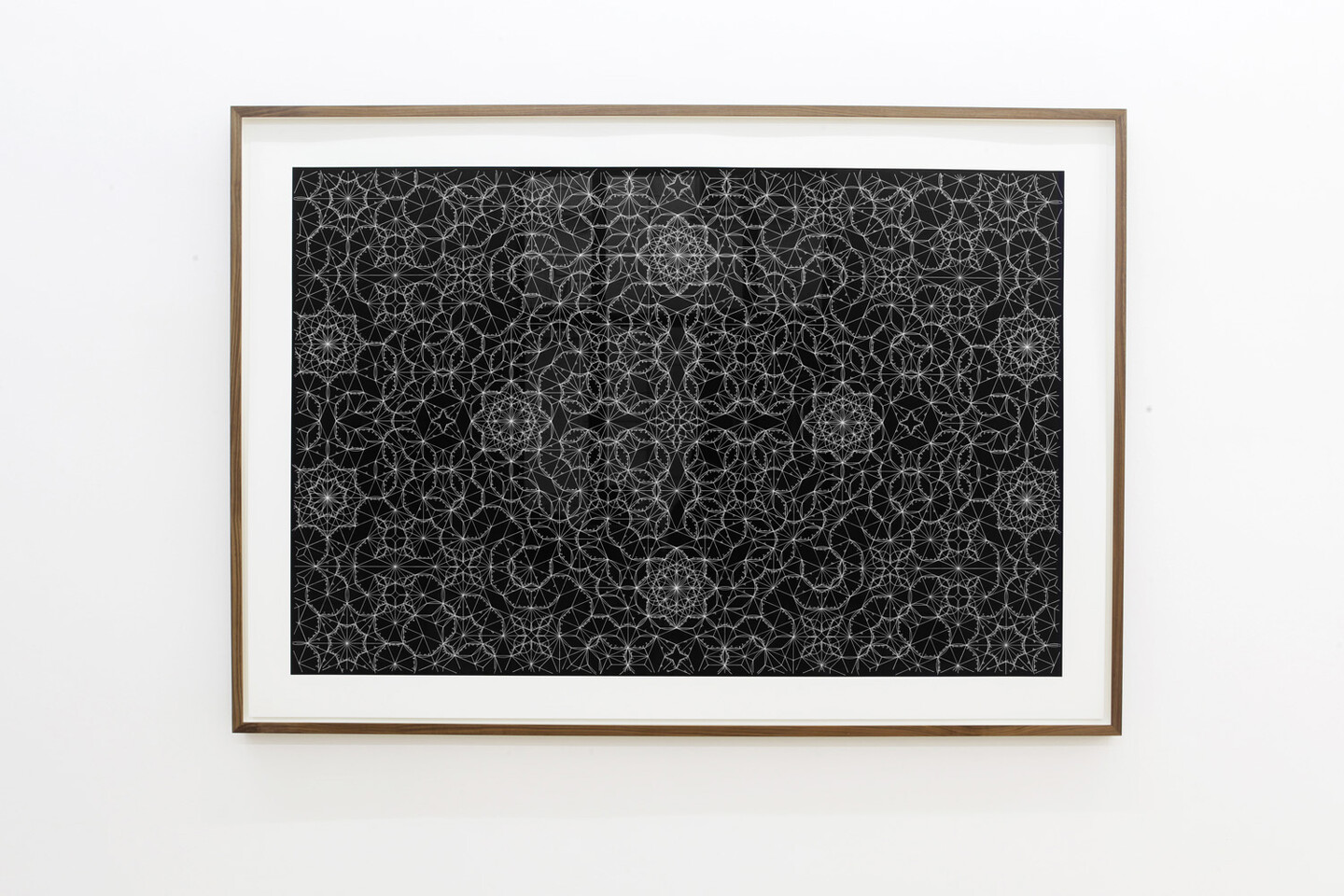
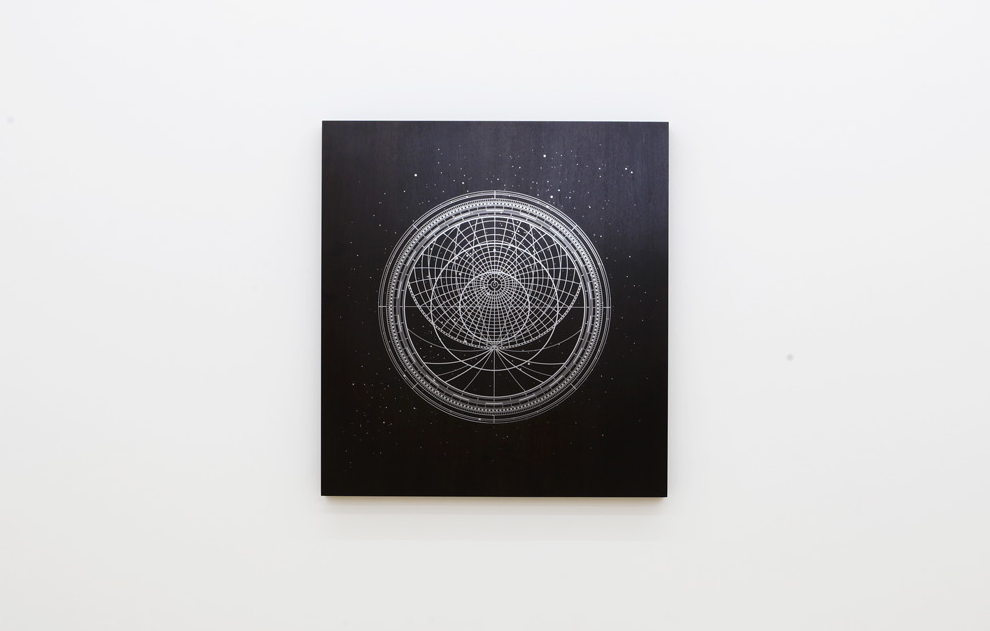
stainless steel in wood, text, 130 × 120 × 8 cm
Working with the maps and astronomical measuring tools from that period, the artist tried to get closer to the form of the missing letters.
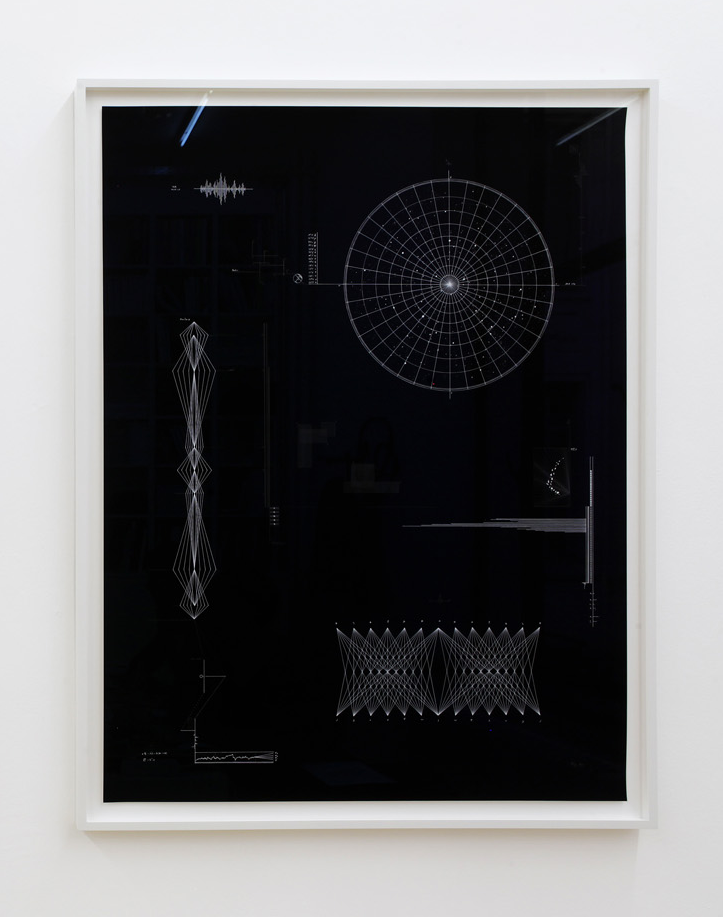
ink and pencil on black inked paper, 104 × 80 cm
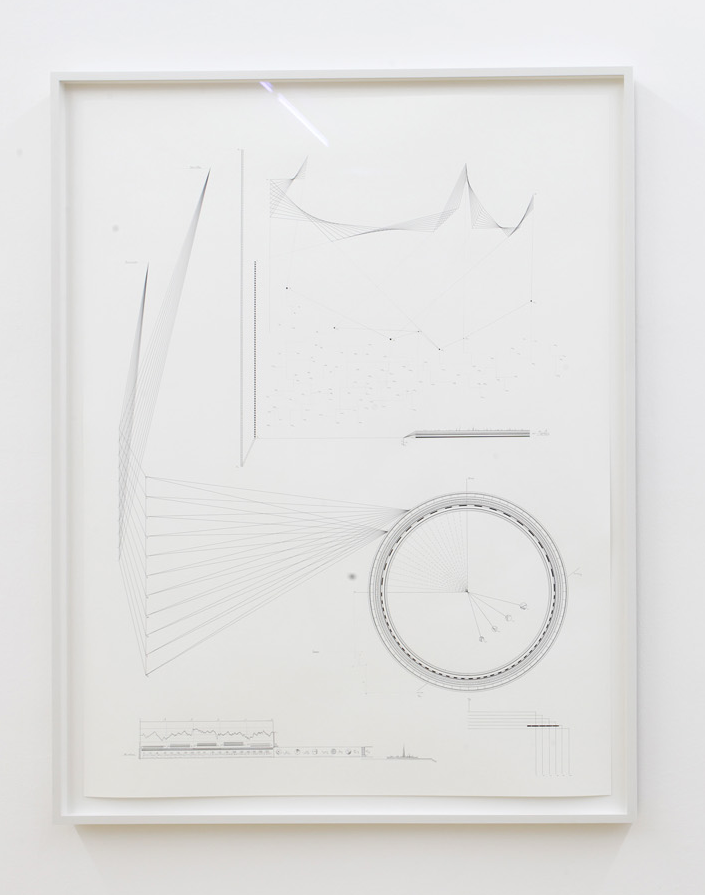
ink and pencil on paper, 104 × 80 cm, framed
This process is made visible through a variety of ink on paper drawings, creating a sort of ‘mind map’. The final steps of the reconstruction are two large wooden sculptures, each showing one of the missing unknown letters.

several drawings on black board, 130 × 240 × 15 cm
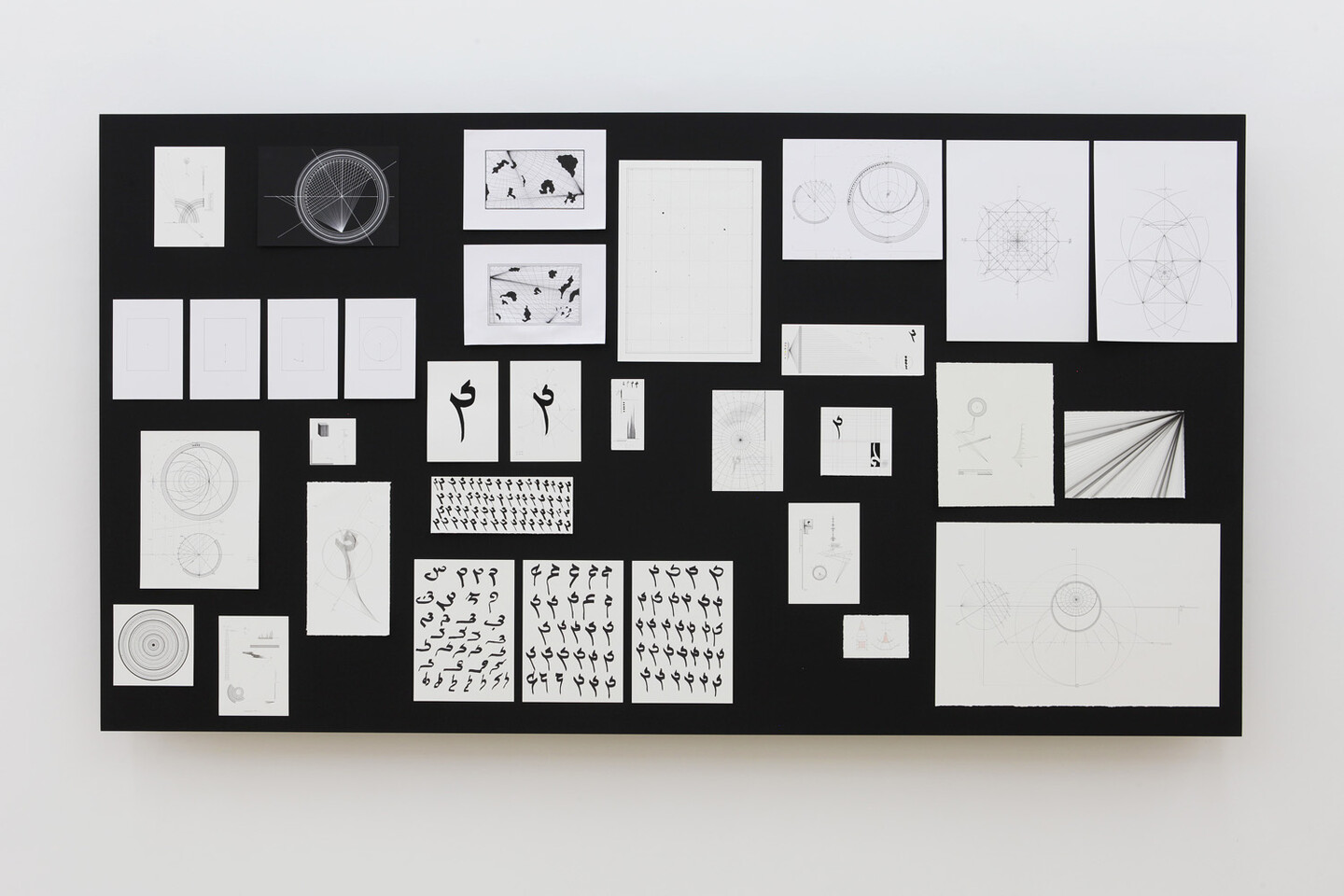
several drawings on black board, 130 × 240 × 15 cm
Timo Nasseri’s works discuss the infinity and boundlessness, transcendence and metaphysics in a wider context and writing as the beginning and the end.

wood, brass, thread, 55 × 55 × 55 cm, Base: 103 × 30 × 30 cm
